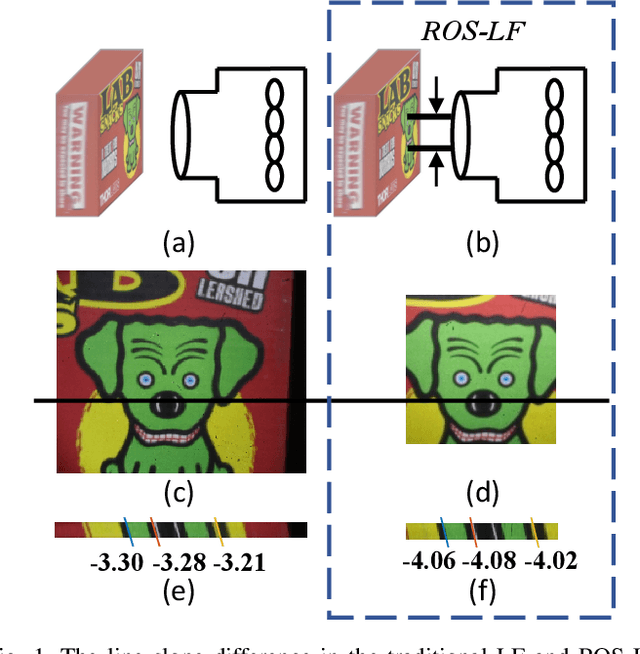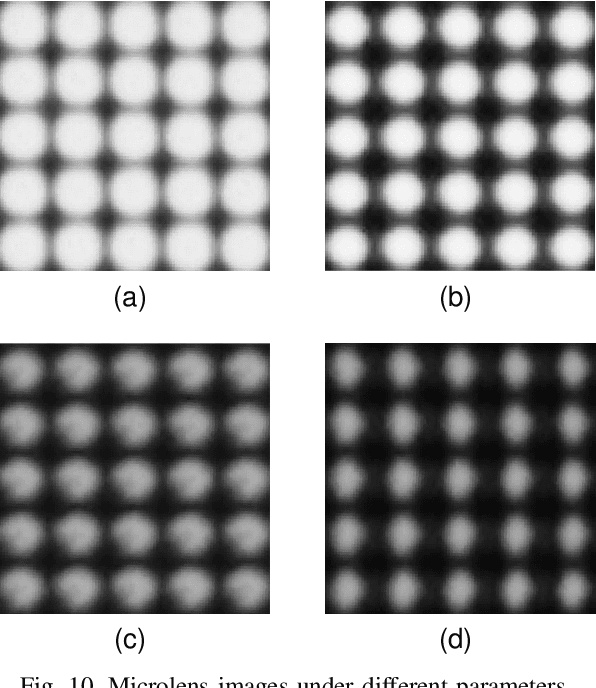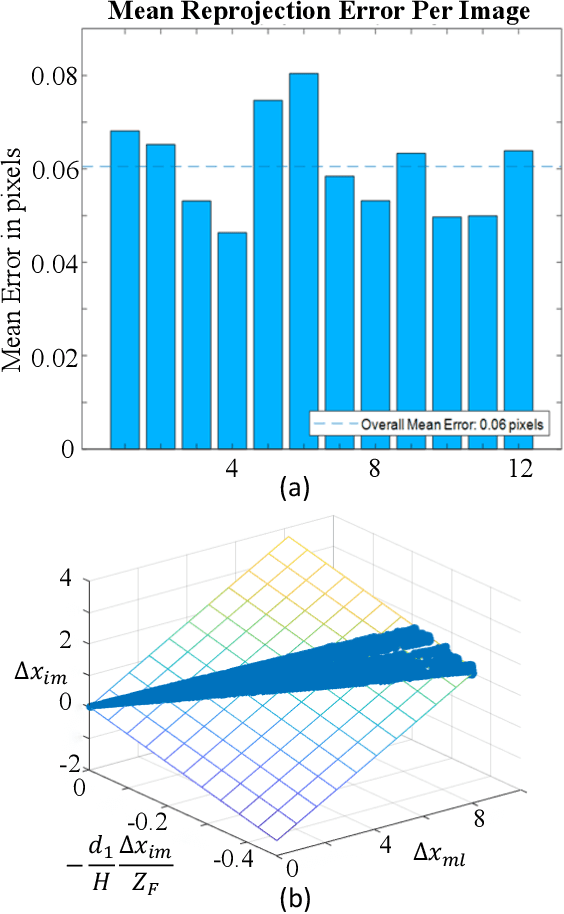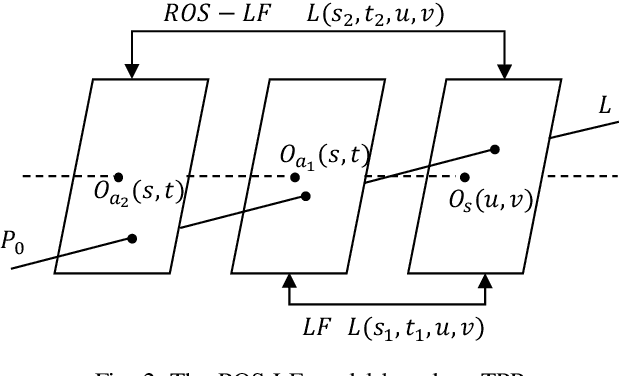Chengcai Xu
Unsupervised Learning of High-resolution Light Field Imaging via Beam Splitter-based Hybrid Lenses
Feb 29, 2024Abstract:In this paper, we design a beam splitter-based hybrid light field imaging prototype to record 4D light field image and high-resolution 2D image simultaneously, and make a hybrid light field dataset. The 2D image could be considered as the high-resolution ground truth corresponding to the low-resolution central sub-aperture image of 4D light field image. Subsequently, we propose an unsupervised learning-based super-resolution framework with the hybrid light field dataset, which adaptively settles the light field spatial super-resolution problem with a complex degradation model. Specifically, we design two loss functions based on pre-trained models that enable the super-resolution network to learn the detailed features and light field parallax structure with only one ground truth. Extensive experiments demonstrate the same superiority of our approach with supervised learning-based state-of-the-art ones. To our knowledge, it is the first end-to-end unsupervised learning-based spatial super-resolution approach in light field imaging research, whose input is available from our beam splitter-based hybrid light field system. The hardware and software together may help promote the application of light field super-resolution to a great extent.
Light Field Imaging in the Restrictive Object Space based on Flexible Angular Plane
Dec 04, 2023



Abstract:In some applications, the object space of light field imaging system is restrictive, such as industrial and medical endoscopes. If the traditional light field imaging system is used in the restrictive object space (ROS) directly but without any specific considerations, the ROS will lead to severe microlens image distortions and then affects light field decoding, calibration and 3D reconstruction. The light field imaging in restrictive object space (ROS-LF) is complicated but significant. In this paper, we first deduce that the reason of the microlens image deviation is the position variation of the angular plane, then we propose the flexible angular plane for ROS-LF, while in the traditional light field the angular plane always coincides with the main lens plane. Subsequently, we propose the microlens image non-distortion principle for ROS-LF and introduce the ROS-LF imaging principle. We demonstrate that the difference is an aperture constant term between the ROS-LF and traditional light field imaging models. At last, we design a ROS-LF simulated system and calibrate it to verify principles proposed in this paper.
 Add to Chrome
Add to Chrome Add to Firefox
Add to Firefox Add to Edge
Add to Edge